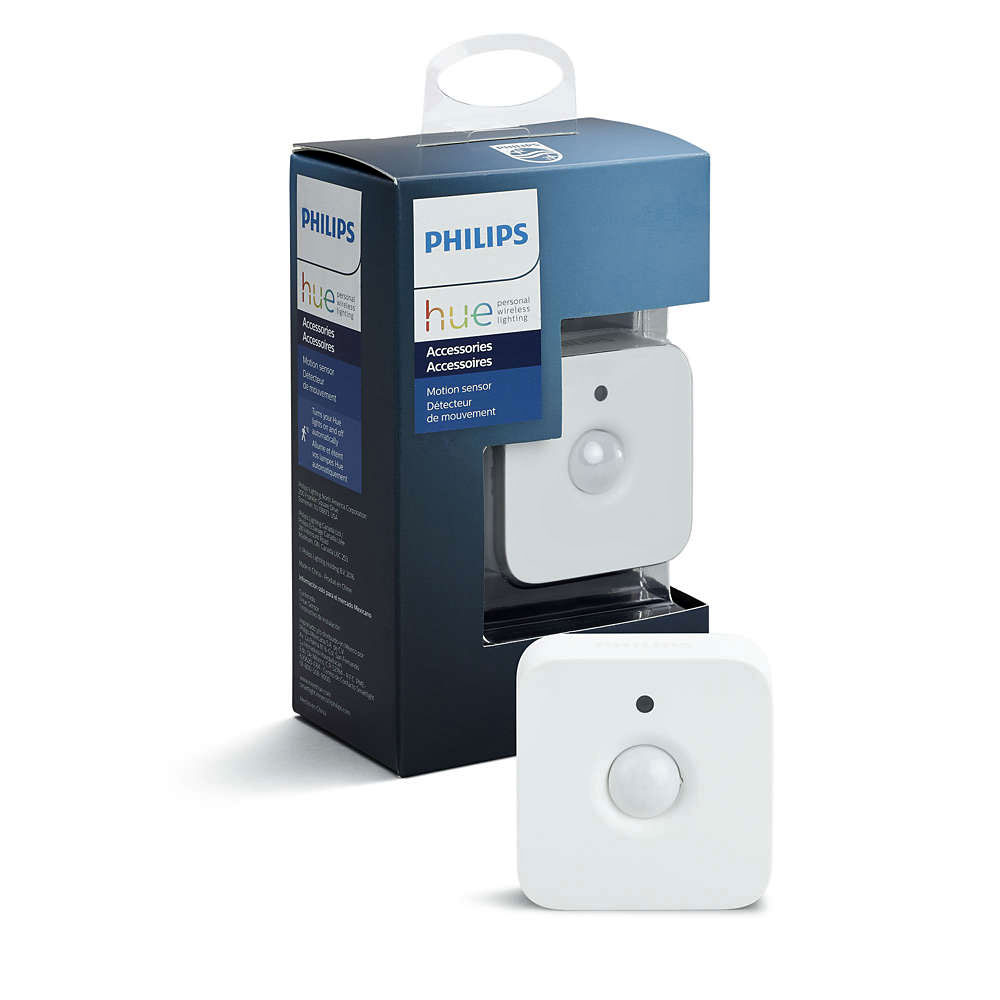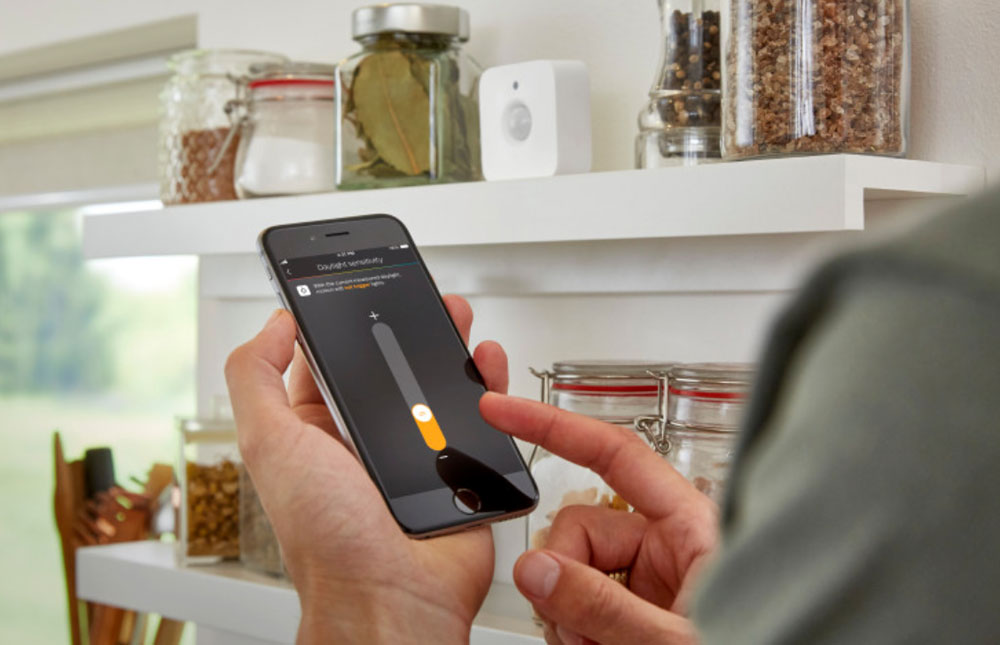NEWS – Most of the bulbs in my house are Philips Hue bulbs or light strips. I have a lot of Hue Tap switches scattered around to operate my lights, and they work well, but a couple of them require you to walk down a dark hallway to reach the switch. I need to add a Hue Motion sensor at each end of the hall to automatically trigger the lights so I’m not wandering around in the dark.
The Motion sensor is battery-powered, so it can be installed anywhere. You can set it on a table or shelf, mount it to the wall or ceiling with a screw, or attach it to an appliance or other metal surface with the included magnet. Once mounted, you can adjust its viewing angle. When it detects motion, the sensor can trigger your selected Hue scene or light setting to turn the lights on. Lights will go off after it no longer senses motion. The sensor also has a daylight detector, so it can adjust the light for a dim nightlight when the room is dark or for bright white light during the daytime. Of course, the Hue Motion sensor requires a connection to the Hue bridge to operate your Hue lights.
The Hue Motion sensor is $39.99 at the Philips Hue website.





Gadgeteer Comment Policy - Please read before commenting
Will this allow you to do something like this?
If triggered between 1200a and 500a, turn lights on to 20% for 5 minutes (for example).
With Hue being Homekit ‘friendly’, I assume it can trigger other Homekit light switches and not just Philips bulbs?
Yes I have it turning on a Lutron HomeKit switch for pot lights in kitchen when I walk in. Could add my under counter lights on two wemo smart plugs if I wished. Only thing I want is if I could trigger based on light it measures, so if it’s a dark rainy day and light is low, I’d want lights to come on. But Phillips needs to open that up.
Hi Janet
I have one of these in our hallway and it works fantastic. I am a big fan of Philips Hue and this device is just one of many. So nice that the lights just turns on when opening the door out to the hallway.